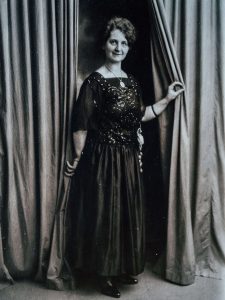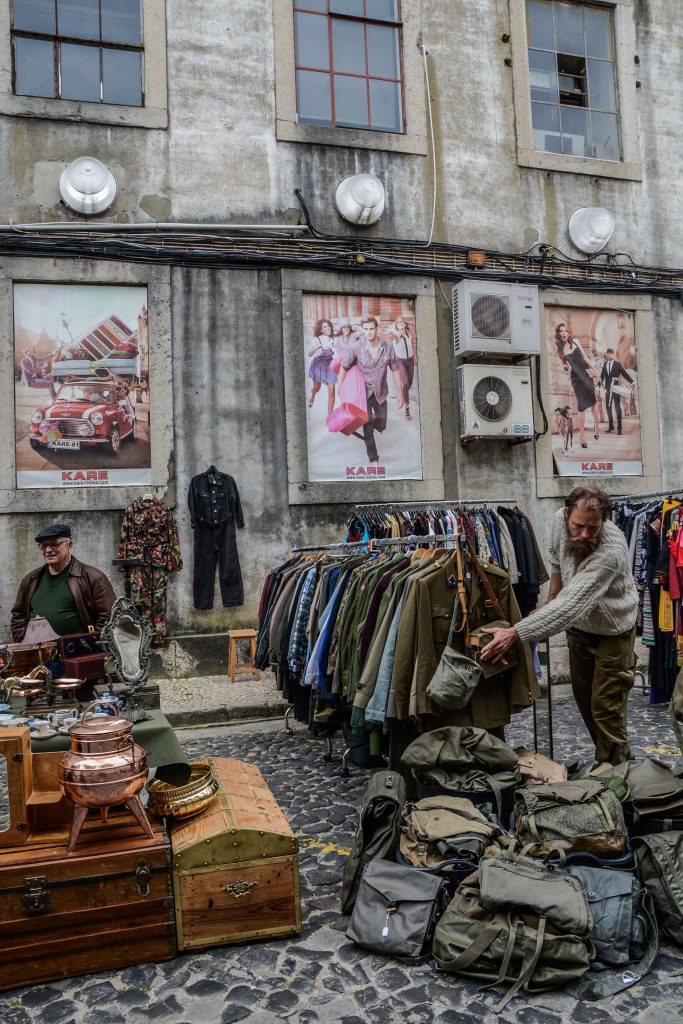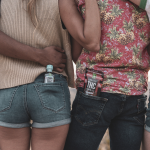Prior to the invention of jeans, most men wore trousers and women wore skirts/dresses. The materials used in the production of these garments were determined by the weather and season, as well as the user’s personal tastes or preferences and the budget. Dress code before jeans was from wool worn by gentlemen for the majority of the year, while linen and cotton were worn during the hotter months. Ladies wore the same fabrics as men but had additional options such as silk crepes and muslins. Many things influenced this which we’ll cover in this article.
Review of the dress code of the past before jeans were popular.
In the past, the dress code and gender were never fixed and thus received some attention. From a historical standpoint, it raises awareness of shifts inappropriate dress codes for both males and females. That is, the anticipation of blue was for boy babies and pink for girl babies, but this was not always the case.
Colour preferences for boys and girls flipped at the end of World War II. Before they are born from the womb, babies are usually “colour-coded.” When parents discover the gender of their child, the baby’s room is painted blue for boys and pink for girls.
The dress code of the European aristocracy was revived in the 1800s, when men’s dress code became a means of displaying economic progress and women’s dress code became more detailed. As a result of the European aristocracy’s efforts to reduce, men had a highly restricted dress code, and industrial capitalism began before the era of jeans.
Religion and Resistance’s Impact on Dress Codes:
Holdeman, Mennonite women wore dresses to combat control and prestige. Young women are given some leeway in place of strict Mennonite dress codes, and older women who monitor the behavior of the young ladies frequently overlook deviations in their dress codes. According to Arthur, few ladies used to apply makeup, hide worldly clothing in school lockers, and dye high-heeled shoes black and brown to defy male ministers’ rules (1993).
The social understanding of Dress codes and Gender:
By thoroughly examining dress codes prior to the twentieth century, it is possible to gain a better understanding of the trends in the social aspects of both males and females in relation to time changes. According to the 1950s, men adopted a strict style for aura and appearance throughout the 1950s, limited to a variety of neutral and subdued color angular design lines, palettes, bifurcated garments such as the lower body, natural but not tight silhouettes, sturdy fabrics and shoes, and simple haircuts and face grooming (McCracken 1988).
In fashion, this simple and camped look corresponded to a work focus, political success, and social classes. Physical activity was not hampered by clothing (except for the necktie). Men would hide their identities as a result of this combination and conformity, unlike in the twentieth century, when everyone wants to stand out, which Spindler believes does not apply to women . Men’s business dress codes was linked to a show of power, which is aided by the uniformity of the attire.
The era of gender-neutral fashion arrived.
Before the gender-neutral fashion Men’s dress codes promoted social power and responsibility, and women’s dress code draws emphasis to moral and physical growth.
The unisex fashion trend first appeared on the Paris runways, where designers such as Pierre Cardin and Andre Courreges collaborated to create the “Space Age,” which featured sleek, simple shapes, graphic patterns, and new, synthetic fabrics with no historical gender.”
The unisex revolution made women’s clothes more masculine, but never unfeminine; as Paoletti observes, “trials to feminize men’s appearance proved to be particularly short-lived.” (Today, women, rather than men, are the primary purchasers of unisex clothing.) Some men sought to reclaim the flamboyance that had faded with the French Revolution the so-called Peacock Revolution. According to many, “raised the spectre of decadence and homosexuality, a fear reinforced by the emergence of the gay liberation movement.”
Athletic attire or dress codes
Dress codes, particularly among athletes, can be very important in demonstrating political resistance and power. The vintage dress codes for women in sports, particularly gym wear, give the feminine gender power and resistance. Vintage gym attire provides much more than just physical education; it conveys power and expression. It also represents the slow and long processes of a trouser acquaintance for women.
Dress codes based on cultural body and dress norms:
Assessing cultural ideals of beauty is one way of critically analyzing gender and dress. Slimmer or smaller waists are emphasized in Western culture for both women and men. Larger breasts and hips for women and wider shoulders and smaller hips for men. Greek beauty and fashion ideals are still prevalent in Western cultures.
In Western culture, the Greek description of perfect body proportions has been around for a long time (Etcoff 1999). Men and women with very small waists are depicted in Minoan artifacts dating from 2900 to 1150 B.C.E. There have been times when men became acquainted with the corset in order to achieve the fashionable silhouette of the time (Kidwell and Steele 1989). Following this, neither Western men nor women were able to escape Greek beauty ideologies.







